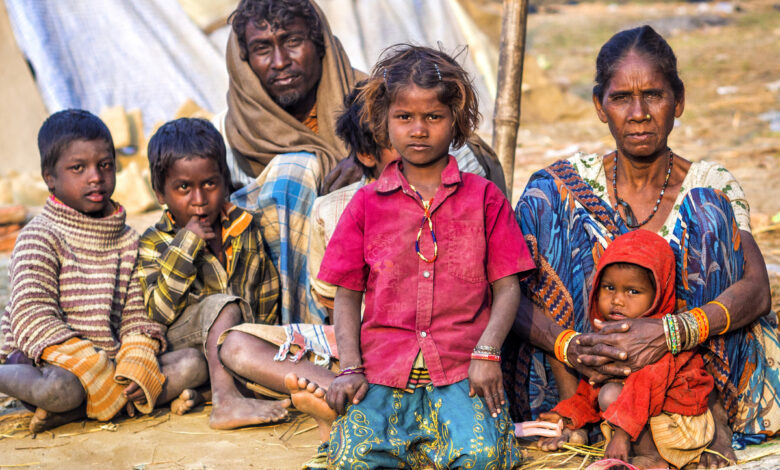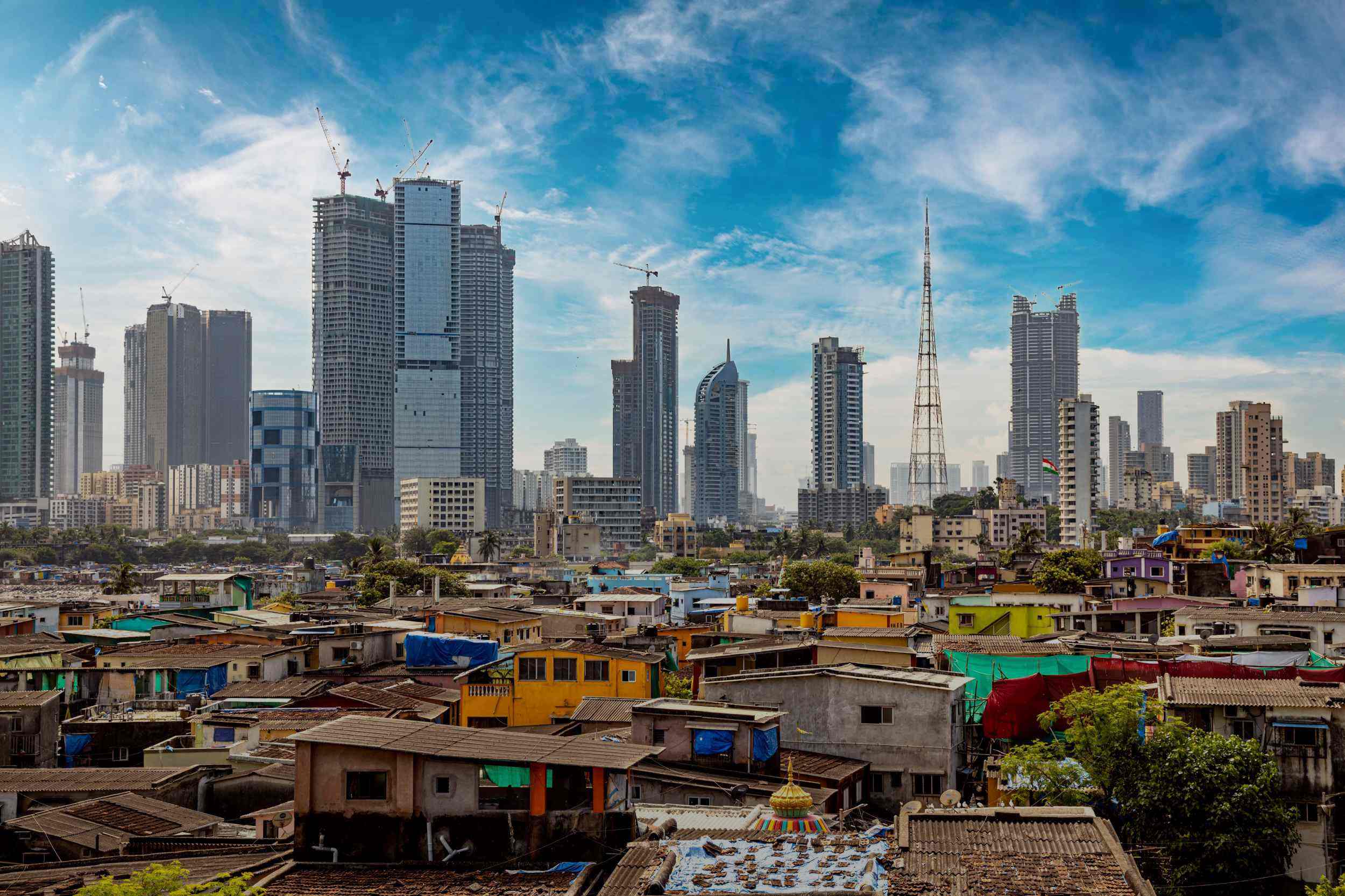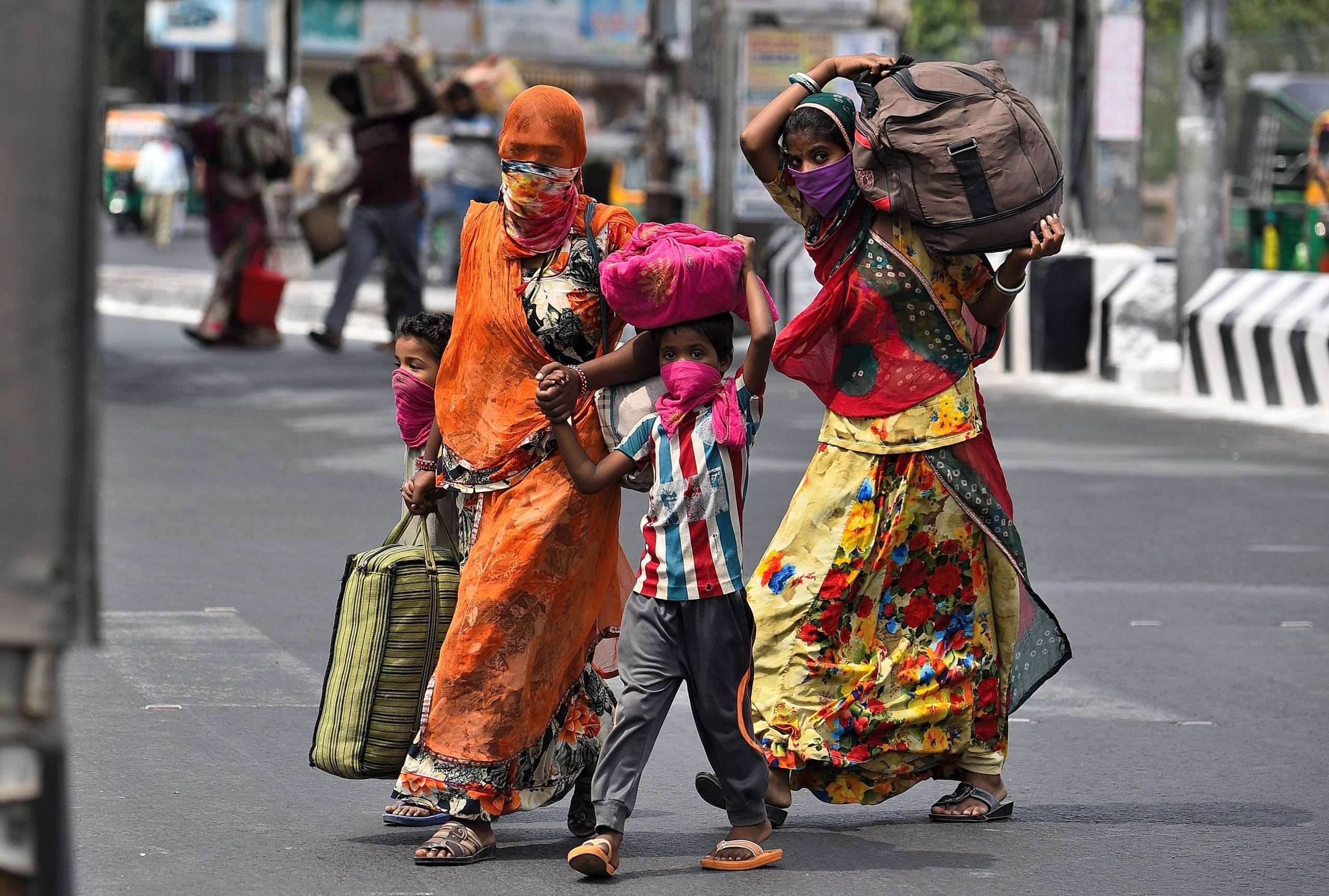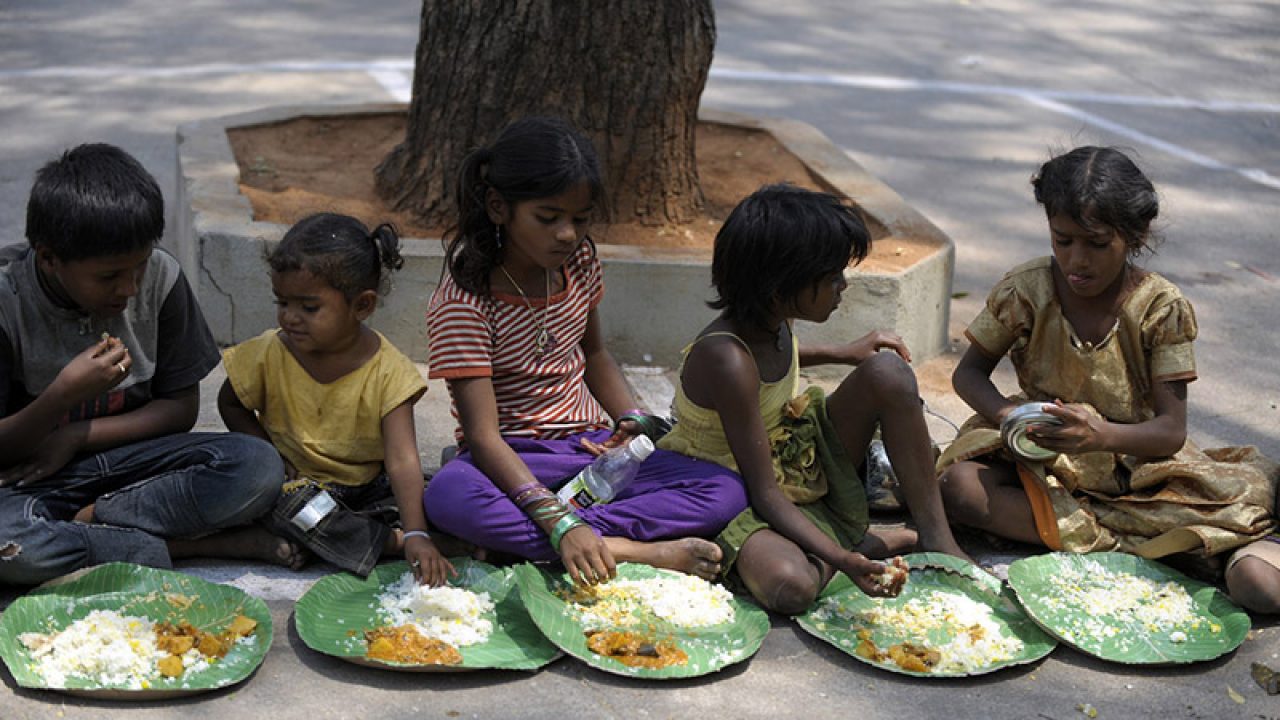
December 14, Hunger and inequity are unaddressed by economic policies.
A growing number of reports indicate that poverty, hunger, and inequality are on the rise worldwide, particularly in India. The current economic policies must be changed immediately.
Similarly, the hard-won civilizational values of being ‘liberal’ and ‘secularist’ in outlook (individuals and communities) in India have been diminishing (often referred to as ‘libtards’ and ‘seculars’) also appeared in the world of economics. Over the past 40 years, poverty and inequality have been denigrated, even though every economist knows that incomes and wealth don’t trickle down, the rising tide doesn’t lift all boats, and “high growth” hasn’t been able to end poverty, hunger and inequality.
Even though it claimed the success of its Millennium Development Goals (MDGs), the United Nations, comity of 193 nations, would have never launched its Sustainable Development Goals (SDGs) in 2015. The SDGs (the UN’s development goals) were rewritten in 2015. Very few people are aware of these changes. A few of the most relevant ones are:
- Despite halving poverty from 1999 to 2015, 736 million people live on less than $1.90 per day, according to the comity of nations.
- The document recognized that inequality was a deterrent to progress because it deprived people of opportunities and subjected them to extreme poverty. The document introduced a new goal: Reduced Inequalities (in its absence from the MDGs).
- In third place, it realized that ‘growth’ in the traditional sense was not enough to eliminate poverty and inequality. Due to this, Goal 1 in the MDGs was separated into two goals SDGs: Goal 1 was To eliminate extreme poverty and hunger, while Goal 2 was To eliminate hunger.
- To comprehend the significance of the latest findings of Profs Thomas Piketty, Lucas Chancel, Emmanuel Saez, and Gabriel Zucman, released on December 8, 2021, by the World Inequality Lab under the title “World Inequality Report 2022,” we need background information.
According to their latest findings, the future is bleak for most of the world, particularly India.
Inequality in India

In terms of India, the following four findings stand out:
- India stands out as “a poor country with an unequal distribution of wealth” in terms of income inequality. According to the 2020 census, the lower 50% share of the nation’s total income has dropped to 13%, while the top 10% holds 57% and 22%. A fourth of the nation’s income is expected to go to the top 10% in 2021.
- Inequality of wealth: This is even worse. 6% of total wealth is owned by the bottom 50%, while 29.5% belong to the middle class, and 65% and 33% of total wealth, respectively, by the top 10% and top 1%.
- A significant difference between the gender income shares in Asia (21%, excluding China) can be found in the 18% female labour income share. With this value, it is one of the lowest globally and somewhat above the average share in West Asia (15%).
- India has a low carbon footprint, with a per capita carbon dioxide equivalent (CO2e) consumption of 2 tCO2e (tonnes of carbon dioxide). Approximately 1,2 and 9 tCO2e are consumed by the bottom 50%, middle 40%, and top 10%, respectively. These three groups have the greatest carbon footprint.
Global Perspective
The World Inequality Lab’s report provides a global perspective on the rise in inequality through the foreword written by Nobel laureates Abhijit Banerjee and Esther Duflo. They write: “Children below age 15 earn less than 15% of the world’s gross national income (less than 10% in Latin America, Sub-Saharan Africa and the MENAS region), while people over the age of 55 make up more than 40% of the country’s income.
The situation with wealth, however, is perhaps even more astounding. They estimate that the bottom 50% of the world’s population has 2% of total global wealth, whereas the top 10% has 76%. The rising inequality indicates further economic gains and increases in influence and power since wealth is a significant factor in future growth.
There is, in fact, a tiny minority of super-rich individuals who hold the bulk of the economic power in this explosion.
According to World Bank data, the global top 10%, which consists of the middle class in rich countries and the just rich in poor countries, is growing slower than the worldwide average. On the other hand, the top 1% captured 38% of the global increase in wealth between 1995 and 2021, while the bottom 50% saw an alarming 2% increase in wealth. As a result, the international top 0.1%’s wealth increased from 7% to 11%, and global billionaires’ wealth also increased. The picture doesn’t seem to be improving with the stock market boom.”
It wasn’t always like that.
Between 1945 and 1980, inequality decreased in many countries (the US, UK, France, but also India and China) due to higher tax rates and an ideology that imbalance needs to be kept under control, shared equally by the government, the corporate sector, and civil society”. The 1970s brought about a dizzying rise in inequality between countries as the Reagan-Thatcher revolution (neoliberalism) took hold. In the past, inequality was kept in check by policy, but this changed with policy changes.
Having recently emerged from the pandemic crisis, they encourage people to “do something now, before the cumulative concentration of economic (and other) power into the hands of a small group renders it impossible to fight back…”
It’s also important to remember that neoliberal economics has led to another significant change – undermining economic evidence and logic.
Many economists, including Nobel laureates Stiglitz and Krugman, have spent the past 40 years pointing out how neoliberalism has produced absurd economic theories without economic logic and evidence: increasing incomes at the top lead to higher wealth for the rest of society; cutting tax bills for the wealthy benefits the rest of community; fiscal austerity in response to recession; increase in wages leads to a reduction in employment, etc.
In an ironic twist, Prof David Card, who is currently Assistant Secretary of the Treasury under Barack Obama, was awarded the Nobel Prize in economics this year for a study he co-authored with Prof Alan Krueger in the 1990s, which dispelled the neoliberal notion that increases in wages lead to unemployment. Only after his Nobel Prize in October 2021 were their findings made public.
I have attached the abstract of that study, in its entirety, which students of economics should read.
According to the article, New Jersey’s minimum wage increased from $4.25 to $5.05 per hour on April 1, 1992.
In New Jersey and eastern Pennsylvania, we surveyed 410 fast-food restaurants before and after the law was enacted. When comparing minimum wages in New Jersey and Pennsylvania (where wages remained constant), the comparison of employment growth provides simple estimates of the effect of higher minimum wages. The change in employment at high-wage stores in New Jersey and the changes at lower-wage stores is also compared. Minimum wage hikes did not result in an adverse effect on work.”
The pandemic has also resulted in rising poverty and hunger, apart from income and wealth inequalities.
Global Poverty and the Pandemic

The World Bank economists estimated in June 2021 that the pandemic had led to 97 million more people living in poverty in 2020, “an increase in global poverty that has never been seen before”. The authors projected declining poverty rates in high- and middle-income countries (HICs, UMICs, LMICs), especially in South Asia (SAR) and East Asia & Pacific (EAP). The report asserts that poverty is likely to increase in low-income countries (LIC) and increase further in SSA countries in 2021.
The fortune of India is very different from that of its peers in the group that the economists generalized despite it being a lower-middle-income country (LMIC). In response to the Covid-19 recession, the number of Indians living below the poverty line increased by 75 million. The middle class is expected to shrink by 32 million by 2020, according to Pew Research Institute, in March 2021 (before the second wave of unemployment). By 2020, India’s percentage of people in the middle-income tier (defined here as people making between $10.01 and $20 a day) accounted for 60% of global declines.
Ayushman Bharat’s (PM-JAY) 2018 document states that 60 million Indians go into poverty every year due to healthcare costs. Since the second pandemic wave occurred in April-May 2021, the estimates are likely to be similar since it was far more deadly. However, the deaths of earners and the second round of lockdown-induced job losses would cause even more people to go into poverty.
Global Hunger and the Pandemic

Global Hunger Index 2021 indicates that hunger has become a significant challenge now more than ever before.
Its summary begins by saying: “The Global Hunger Index (GHI) for 2021 indicates a dire hunger situation in a world facing multiple crises. Already far too slow, the goal of ending hunger by 2030 may stagnate or even reverse.
Among 116 countries, the GHI ranked India 101st in 2021, down from 94th in 2020. Further worrying is that India’s GHI score – 27.5 – is significantly higher than those for Rwanda (26.4), Pakistan (24.7), Nepal and Bangladesh (19.1) and Myanmar (17.5). Based on the data (from 2000, 2006, 2012 and 2021) from this report, India’s hunger reduction has been steady since 2012, rather than growing faster than other countries.
The above facts and evidence can be interpreted in two ways.
First, we must address poverty, hunger, and inequality with a holistic policy response.
In addition, all economic policies should be made with financial logic and evidence behind them. Religious beliefs and personal convictions should not be allowed to influence public policy.




